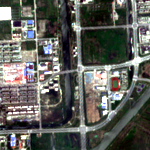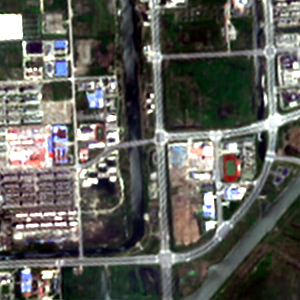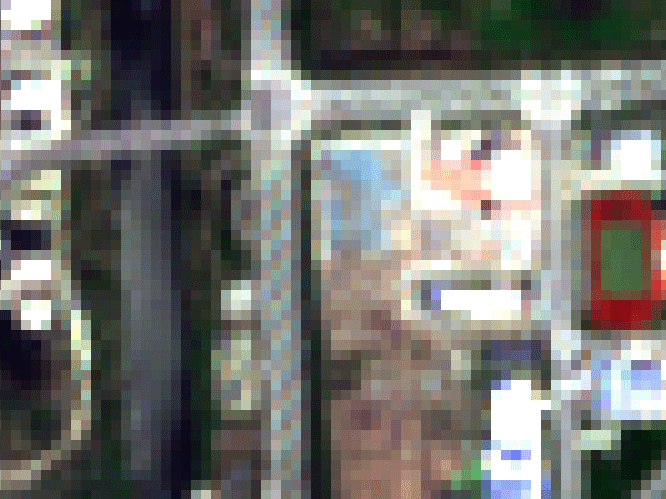

 |
EOMasters Toolbox Pro |  |
The Earth observation community is always looking for satellite images with higher spatial resolution. Earth observation satellites provide invaluable data for monitoring environmental changes, urban development, agricultural practices, and more. However, factors such as orbital distance, sensor limitations, and cost constraints often restrict the achievable spatial resolution. High-resolution imagery can provide more detailed, accurate insights, but these high-resolution sensors are costly, and frequently capturing imagery at such resolutions is not always feasible. Super-resolution offers a way to overcome these limitations.
This implementation uses a single image super-resolution model trained in the frame of the EVOLAND Horizon Europe project. The network has been trained using the Sen2Venμs dataset, complimented with patches for B11 and B12. On GitHub you can find a Python implementation which is using this model. But this only supports standard Level 1C and Theia L2A images. Also, it processes only the spectral bands and does not include the geometry and other bands.
This SNAP operator super-resolves the 10- and 20- meter bands, namely B2,B3,B4,B5,B6,B7,B8,B8A,B11,B12. In addition, the 60-meter bands, can be included. But they are only resampled using a bicubic interpolation. The geometry bands and all other bands can also be included in the output.
Deep learning models offer several advantages over interpolation techniques, for increasing the spatial resolution of remote sensing images, even if the differences might not always be immediately apparent.
While the differences might not always be significant in every scenario, especially if the images are not highly complex, these advantages can be crucial for specific applications in remote sensing where details and accuracy are paramount.
The following images show the input and output of the S2
Super-Resolution operator. The input images are 10m resolution and
the output images are 5m resolution.
The first row shows the images at the original resolution, the
second show the images zoomed to a level that 1 pixel matches
1m.
|
10m Input
|
5m Output
|
|---|---|
 |
 |
 |
 |
The processing of S2 super-resolved imagery is very memory-intensive. Due to this you should have a computer with at least 32 GB of RAM. Also, the memory handling limitations of SNAP made it necessary to limit the region you can process to 4000 square pixels. The operator already increases the tile cache size dynamically but this couldn't resolve all limitations. There is hope that the pixel limitation can be removed in the near future.
You can install the NVIDIA CUDA software package. This allows the use of the graphics card for the processing. This is unfortunately only usable for NVIDIA cards. AMD graphics cards are not supported. How this can be installed is explained on the Leverage Graphics Cards page. After installation the model based up-scaling is automatically done on the graphics card.